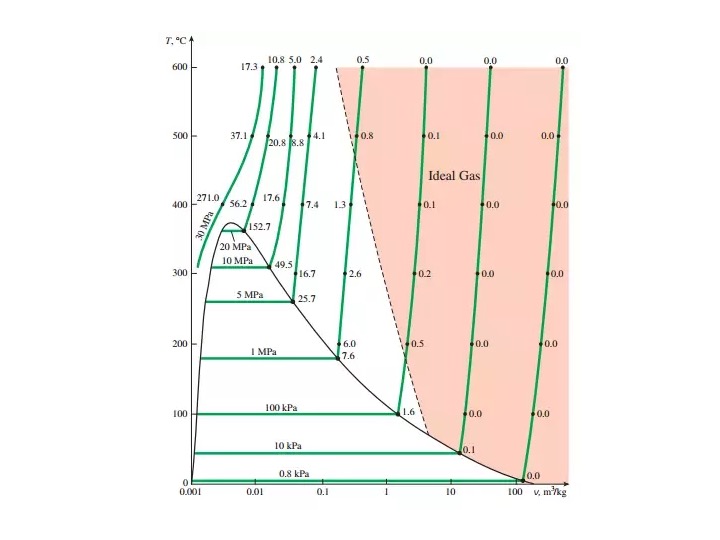I am studying a chapter on pure substances in thermodynamics book by Yunus Cengel, where the author explains that a gas or vapour can be treated as ideal gas, when the temperature is sufficiently high and pressure is low relative to the critical temperature and pressure of the gas.
But when the author illustrates this concept in example problems in the succeeding chapters, for example analysing steady flow devices such as steam engines or pressure cooker, where the working fluid is primarily steam, the author deems the steam to superheated vapour in some problems, while on the hand treats it as saturated vapour (which cannot be an ideal gas) in others. This has significant implications on the results, which I am unable to capture.
Can you please explain, if possible, with the help of some state variable with numerical values to help understand 1.) when to treat steam as saturated vapour or superheated vapour and 2.) when do we treat any gas (including steam) as an ideal gas relative to its critical point (i.e., what does low pressure mean relative to the critical point, how low should it be?).
Thank you for taking the time read my doubts and answering them.

